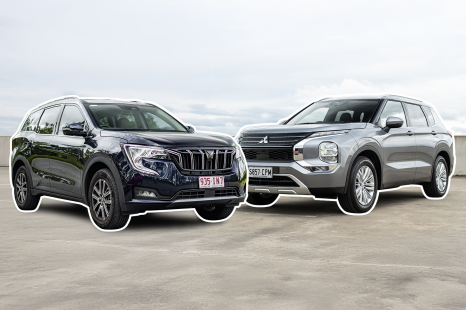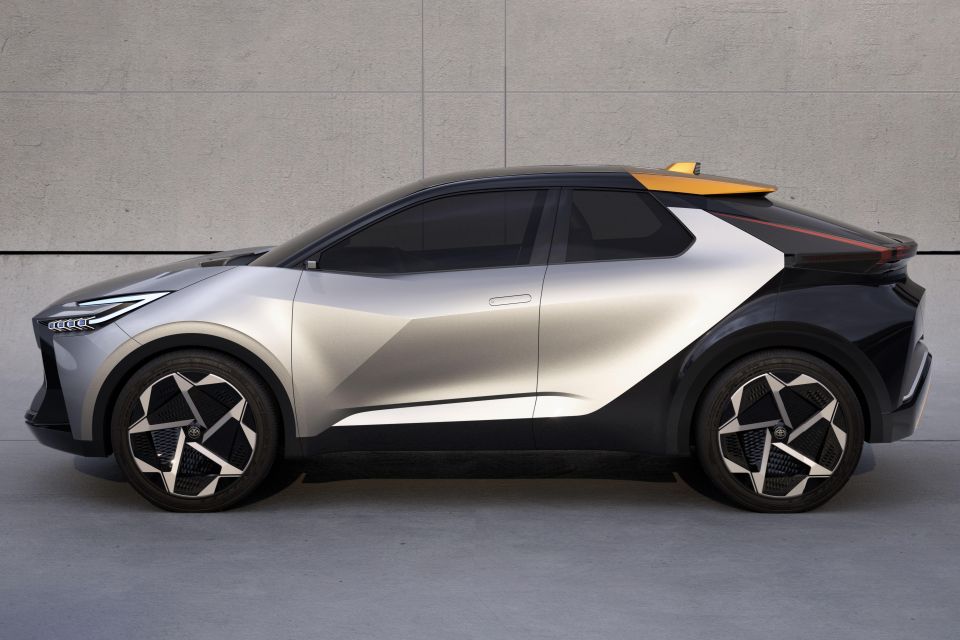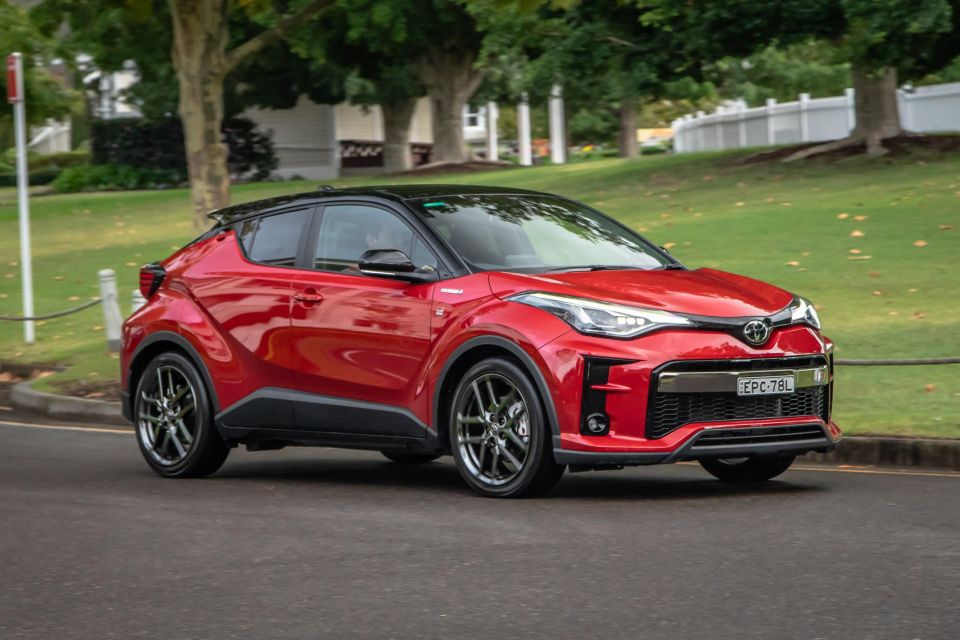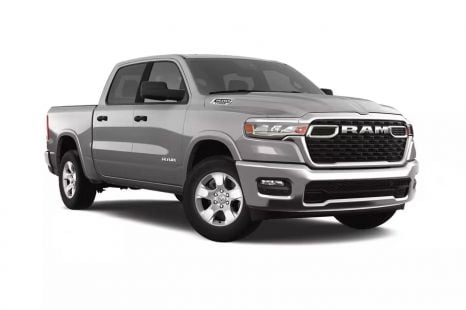

Andrew Maclean
3 Days Ago

News Editor
The second-generation Toyota C-HR will arrive in Australia in the first half of 2024, and will be offered exclusively with hybrid power.
Toyota Australia has also confirmed it currently has no plans to introduce the plug-in hybrid to the local market, leaving yet another PHEV out of reach for Aussies. The company has never offered PHEV versions of the Prius and RAV4 locally.
The next C-HR has thus far been previewed only in concept guise – last year’s C-HR Prologue – and has been confirmed as a hybrid- and PHEV-only offering globally.
That makes it more of an SUV counterpart to the latest generation Prius which has been ruled out for Australia.

The styling of the C-HR Prologue concept also shows a familial resemblance to the new-generation hatch.
While hybrids make up a majority of sales of other models locally like the RAV4, the next C-HR will be only the second Toyota to be sold here exclusively as a hybrid following the now discontinued Prius.
Toyota is aiming for 50 per cent of its sales locally to be of electrified vehicles – including EVs like the bZ4X – by 2025. Last year, Toyota sold 72,815 hybrids, accounting for 31.5 per cent of its overall sales.
The outgoing C-HR is manufactured in Japan, China and Turkey. Australian-spec models come from Japan, part of the reason we don’t get the more powerful 2.0-litre hybrid drivetrain available in Europe.

The new generation has also been confirmed for Turkish production, and will be the first PHEV produced at Toyota Motor Manufacturing Turkey. Batteries will be produced in-house from December 2023.
Toyota is calling the Turkish expansion another stepping stone to Toyota’s goal of 100 per cent CO2 reduction of its European vehicle line-up by 2035.
As before, the swoopy C-HR will be positioned alongside the Corolla Cross in the Small SUV segment, above the smaller Yaris Cross and below the larger RAV4. Think of it as a Corolla Cross ‘Coupe’.
It’s likely the C-HR will feature a similar powertrain line-up to the Prius recently launched overseas, including both 103kW 1.8-litre and 144kW 2.0-litre hybrid options, and a 164kW 2.0-litre plug-in hybrid.

The new Prius PHEV features a 13.6kWh lithium-ion battery, and according to preliminary European specifications should be able to achieve up to 69 kilometres of zero-emissions driving.
Currently, the C-HR’s pricing ranges from $31,715 for the base GXL 2WD 1.2L turbo petrol and climbs to $38,465 for the GR Sport and Koba 2WD Hybrids. All prices exclude on-road costs.
As a hybrid-only offering, expect to see a higher base price for the new C-HR range.


The original C-HR was revealed at the 2016 Geneva Motor Show, and launched in Australia as a petrol-only proposition early in 2017.
A hybrid option, available in other markets since launch, didn’t make it to Australia until the mid-life facelift arrived locally in December 2019.
It remains a solid seller in Australia despite supply issues throughout its lifecycle, and in 2022 saw yearly growth of 21.3 per cent to 7977 registrations for the calendar year.
That put Toyota’s coupe crossover ahead of the likes of the Honda HR-V (4717 units), Mitsubishi Eclipse Cross (5973 units), Suzuki Vitara (3114 units) and Volkswagen T-Roc (3627 units) in the mainstream Small SUV yearly sales race.
MORE: Everything Toyota C-HR
Take advantage of Australia's BIGGEST new car website to find a great deal on a Toyota C-HR.
William Stopford is an automotive journalist based in Brisbane, Australia. William is a Business/Journalism graduate from the Queensland University of Technology who loves to travel, briefly lived in the US, and has a particular interest in the American car industry.


Andrew Maclean
3 Days Ago


Max Davies
3 Days Ago


Max Davies
2 Days Ago


Josh Nevett
2 Days Ago


Max Davies
2 Days Ago


Marton Pettendy
2 Days Ago